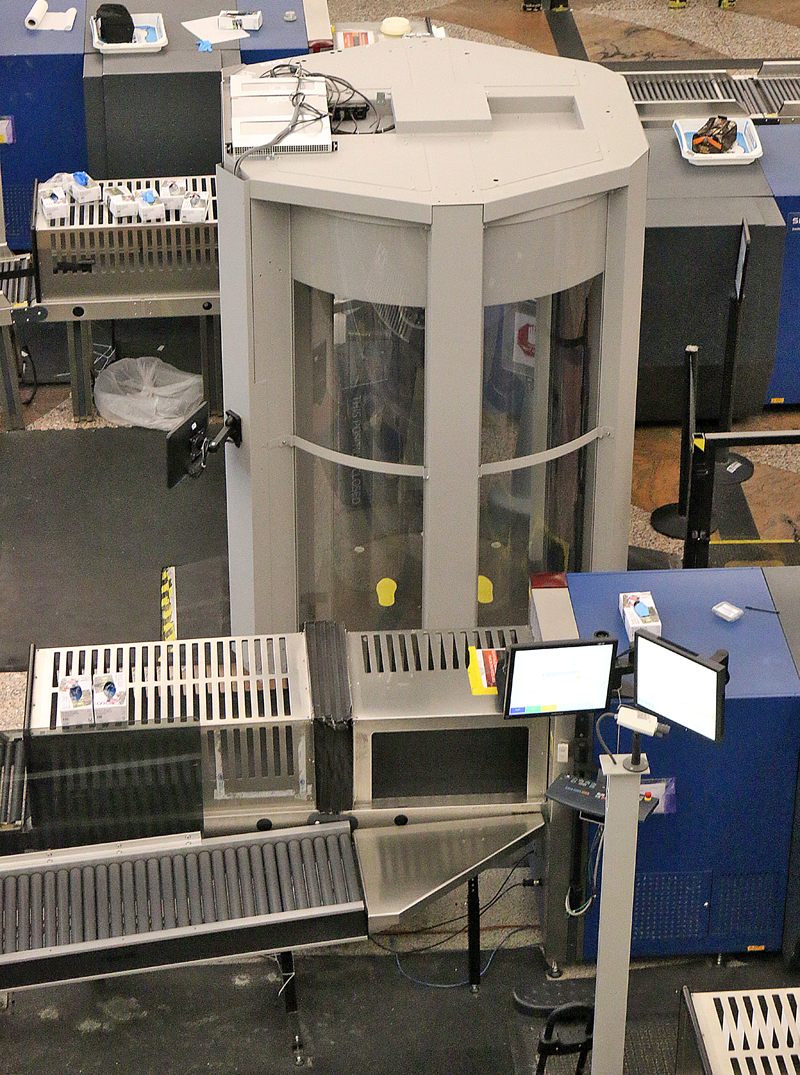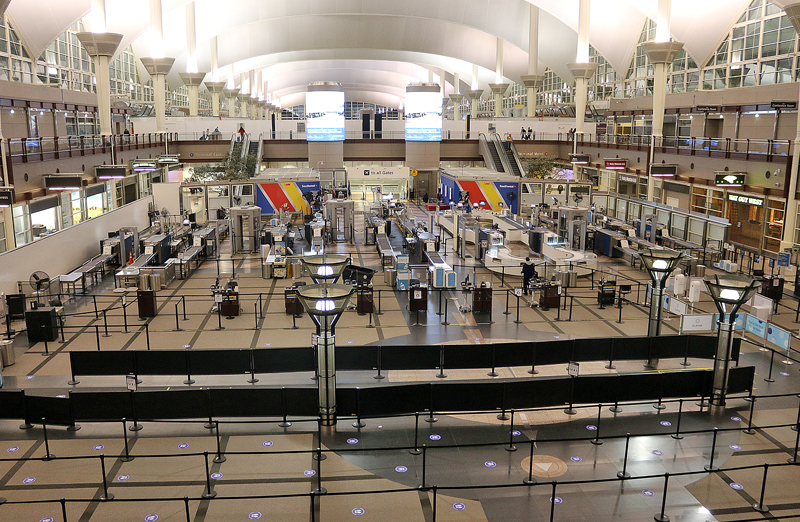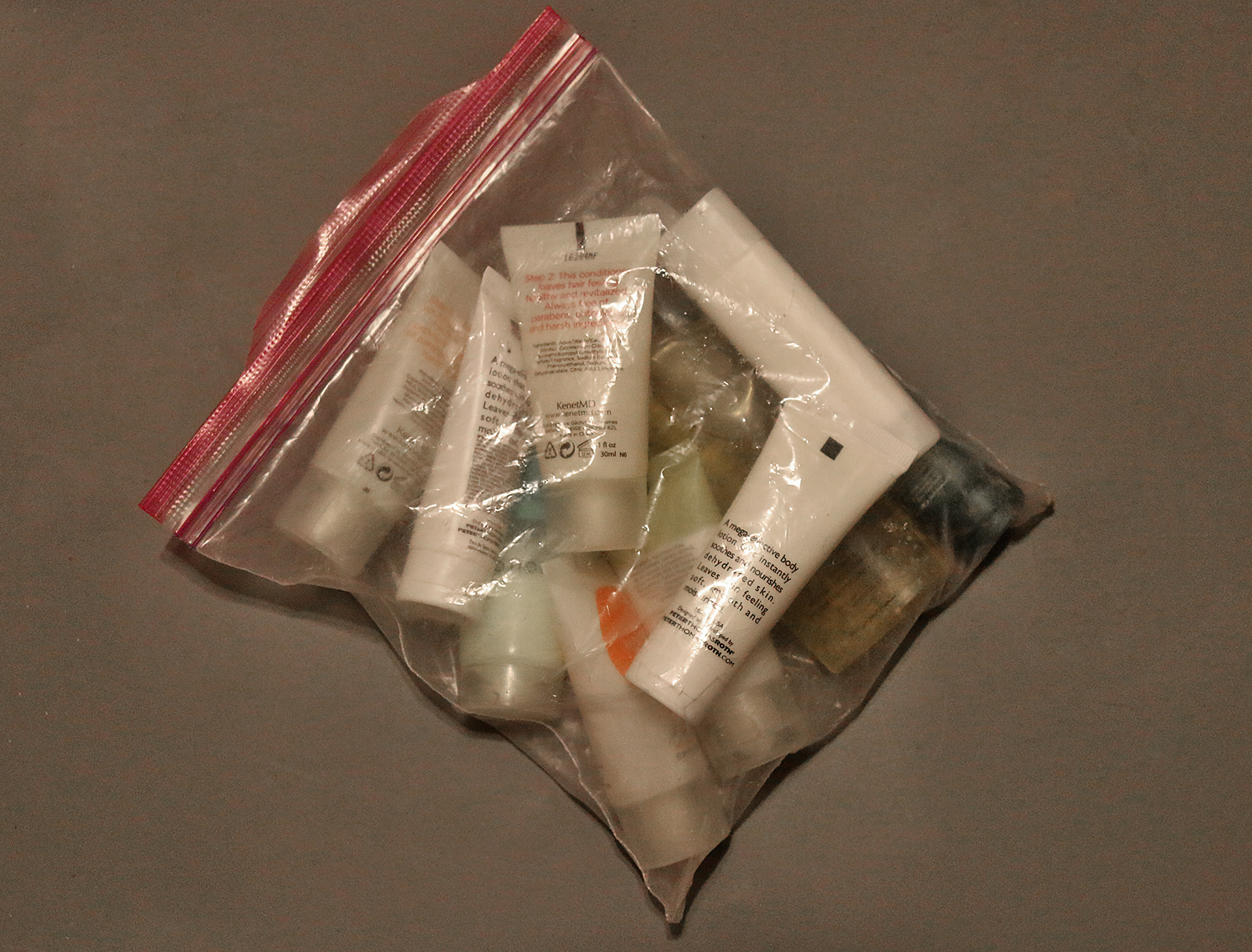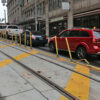For approximately 16 years, passengers traveling on airplanes have been required to place liquids and gels in a transparent sealable bag whose maximum capacity is one quart or 1,000 milliliters whenever passing through a security checkpoint at airports throughout the United States — and a similar policy has been implemented in countries which are members of the European Union and elsewhere in the world…
Why Limitations on Liquids and Gels Should Be Eliminated At Airport Security Checkpoints

…and the reason why the limitations were imposed in the first place was to prevent suicide bombers from using explosive liquids disguised as inert liquids to blow up airplanes. Back in August of 2006, intelligence which was uncovered during Operation Overt revealed that Abdulla Ahmed Ali, Assad Sarwar, and Tanvir Hussain attempted to transport homemade explosive liquid concoctions based with hydrogen peroxide in bottles — which were disguised as unopened bottles of powdered orange sports drinks — aboard at least seven separate airplanes which were scheduled to depart London within 2.5 hours of each other to their final destinations in North America: Chicago, Montréal, New York, San Francisco, Toronto, and Washington in the District of Columbia.
The sports drink bottles appeared unopened because a hole was drilled into each bottle in order to be filled with an explosive liquid; and the concoction was to be detonated with the assistance of a significant number of batteries.
The co-conspirators — who were based in Great Britain — had known affiliations with radical Islamists and terrorists in Pakistan. All of the co-conspirators were convicted in 2009 and are currently in prison serving at least three decades for their participation in this attempt at terrorism.
Although the subsequent ban on liquids and gels aboard airplanes may have stemmed directly from Operation Overt, intelligence over a period of approximately ten years reportedly substantiated the ambitions of Al Qaeda — which is a multinational militant Sunni Islamic extremist network known for inciting terror attacks — to specifically target airplanes and other components of the commercial aviation industry.
The initial complete ban on liquids and gels aboard airplanes became a restriction when passengers were permitted to carry individual containers of liquids no more than slightly greater than three ounces within a transparent bag whose maximum capacity is one quart. The late Edmund Summers “Kip” Hawley III — who was the administrator of the Transportation Security Administration at the time the attempted incident was uncovered — claimed that limiting containers to what can fit inside the aforementioned transparent sealable bag prevents a “critical diameter” to blow anything up, as the size of the container precludes enough of a potentially explosive liquid from being carried aboard an airplane…
…and the individual containers of liquids and gels had to fit “comfortably” inside the transparent sealable bag.
Limitations on Liquids and Gels Now Obsolete By New Technology — But…

The time that was spent to screen each passenger was reduced by 50 percent at the security checkpoint of one airport in western Ireland when new technology was revealed: an investment of €2.5 million in a state-of-the-art computed tomography security screening system which was unveiled last year.
“The new high-tech security screening system makes the removal of laptops and liquids from cabin bags a thing of the past and combined with the latest technologically advanced security scanning equipment, it reduces touch points, and will make the passenger journey through security quicker and easier”, according to this announcement at the official Internet web site of Shannon Airport, which was released on Monday, October 18, 2021. “As part of the project new larger airport trays designed to hold cabin bags have replaced the smaller airport trays. With this new system all liquid, gels, aerosols, creams, pastes and baby food, medicines and special dietary products that would previously have had to be put into clear sealed plastic bags and presented separate to hand luggage, can now remain packed in cabin bags. The restriction on liquids of more than 100ml no longer applies, and passengers can travel with larger quantities of liquids as long as they fit into a cabin bag. In addition, electrical items, laptops and tablets no longer have to be separately screened and can remain in cabin bags which of course means less trays per passenger. Therefore, less divesting, less repacking which means more time to avail of the airport’s retail and food and beverage offering.”
Since that aforementioned announcement, new technology is already in place at many airports around the world — and some of those airports have rescinded the limitation altogether on liquids and gels which are transported through the security checkpoint. No restrictions on the volume of liquid which passengers can carry are being implemented at those airports; and liquids and gels — as well as electronic devices — may remain in bags.
In other words, a passenger can actually carry as many containers of water, soft drinks, or other liquids or gels in whatever size containers they like — similar to prior to the initial ban on liquids and gels in 2006.
Because the new technology at Shannon Airport was announced during the current 2019 Novel Coronavirus pandemic, the technology only started to receive attention worldwide once international travel resumed earlier this year. The new technology has been proven to be quite popular with passengers who have already used it.
Final Boarding Call

As with all major changes, some impediments need to be overcome. For one, the new technology is not yet universal — so the screening process at an airport with the new technology is quite different from the screening process at an airport using current technology. This means that even though a passenger may go through one airport with 32 ounces of juice, that passenger will either have to drink all of it or dispose of it at another airport.
Although the restriction on liquids and gels is being relaxed at security checkpoints in more airports around the world, changes to regulations will not be speedy or universal, as the metamorphosis in screening procedures due to new technology will take years to become effective.
The number of employees at security checkpoints at some airports are still below adequate levels in response to the surge in passengers who are traveling; so understaffed security checkpoints is still an issue — and the employees need to be trained to effectively use the new technology efficiently and safely.
Cost is another factor, as implementing this new technology is expensive — especially for smaller airports which are still struggling to recover from the pandemic; and especially as future upgrades are expected to continuously improve the technology.
I remain unconvinced that the restriction on liquids and gels at security checkpoints at airports has resulted in safer transportation rather than inconvenience millions of passengers for 16 years; but I look forward to the day when going through a security checkpoint at an airport is as simple, fast, and easy as it was greater than 16 years ago — but with more secure technology…
…and the restriction on liquids and gels at the security checkpoints at airports is the topic of the very first official article that was published here at The Gate on Friday, August 18, 2006, which is called Liquids and Gels: What Is Allowed to Carry On Board and What Is Not Allowed? — as well as a follow-up article published exactly five years later called Should the Limitations on Liquids Be Repealed? and this Stupid Tip of the Day: Traveling With Liquid Toiletries.
All photographs ©2020 and ©2022 by Brian Cohen.

